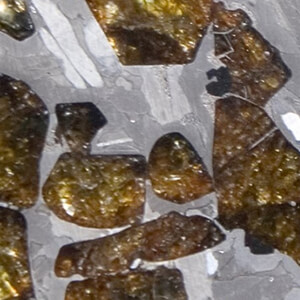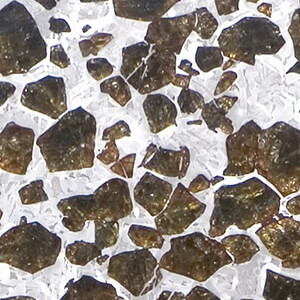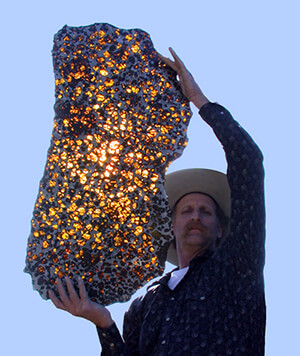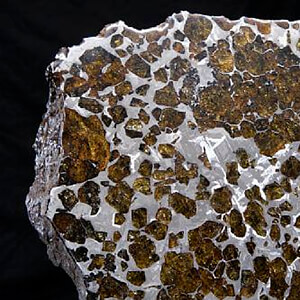Peridot Consumer Information
Care
Peridot is not extremely hard, susceptible to heat and acids. A soft, damp cloth, or a soft bristle toothbrush is best to use when cleaning peridot jewellery
Collector gems:
Locality, color and size are the most significant factors in particular 10 carats or above with saturated, slightly yellowish green colours
Gems from Zabargad (St. John’s Island) are particularly rare. Other localities producing excellent gems of significant size are Burma (myanmar) and Pakistan
Clarity
Since peridot is not a particularly expensive stone, eye-clean clarity is the standard
Burmese gems are often marred by small platelet inclusions, which may give some stones a sleepy appearance
The strong birefringence (0.036) of peridot can also give stones a slightly sleepy look. This is most pronounced in large stones (10 ct and higher)
Color
Yellowish green to greenish yellow to brownish green
Treatment
There are no known treatments of peridot
Cut
Everything from stunning fantasy cuts to tumbled beads being seen
Because peridot is not very expensive cutters can focus on beauty more than keeping as much weight as possible
Well balanced gems that efficiently return color and light, together with crisp facet junctions, exact proportions and good symmetry are expected
On extremely rare occasions, a star peridot (sporting 4 rays) is reported






